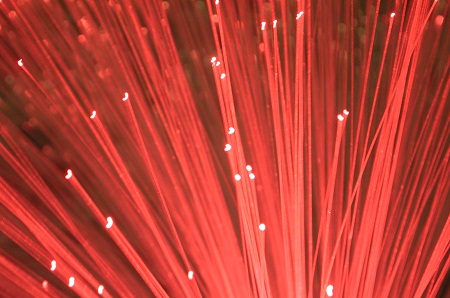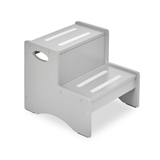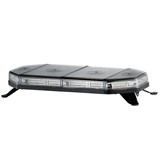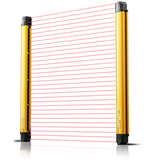Scientists have made great strides in the development of silicon chips that use light instead of electrons to carry out computational tasks.
But some major hurdles remain that prevent an all-optical chip replacing hybrid electronic/optical devices. Now researchers at the Massachusetts Institute of Technology (MIT) claim to have overcome one of these hurdles with the development of a "diode for light".
Modern communication is based on optical fibres carrying light because photons travel much faster than electrons and, while traditional copper wires can only carry a single electronic data stream, multiple beams of light, carrying separate streams of data, can pass through a single optical fibre or circuit without interference.
But there are bottlenecks in the networks in the form of 'repeaters'. These electronic units are incorporated into fibre optic cables to boost signals as they travel long distances. The repeaters convert signals from light to electrons and back again, slowing transmissions and robbing the system of bandwidth. All-optical repeaters would remove this constriction.
Computer makers are also interested in replacing traditional electronics with silicon optical chips because the new devices would dramatically improve the machines' performance. Basing the optical chips on silicon allows the use of mature manufacturing processes for production.
However, scientists are struggling to reproduce all the functions of an electronic chip in the optical version. The MIT team’s light diode development removes one of the major impediments.
Caroline Ross, the Toyota Professor of Materials Science and Engineering at MIT, who is co-author of a paper reporting the new device published by the journal Nature Photonics, says the invention is analogous to an electronic diode, the component that allows electric current to flow in one direction but not the other.
Ensuring light only moves in one direction is important because otherwise stray reflections destabilise the lasers used to produce the optical signals and reduce the efficiency of transmission.
Engineers currently solve the problem by using a discrete component called an isolator, but the new invention enables the diode to be integrated onto the chip that carries out other signal-processing tasks.
The device relies on a form of garnet because the material is both transparent and magnetic - characteristics that rarely occur together. Garnet inherently transmits light differently in one direction than the other because its index of refraction depends on the direction of the beam.
By depositing a thin film of garnet onto silicon - to cover one half of a loop connected to a light-transmitting channel on the chip - light travelling through the chip in one direction passes freely, while a beam going the other way is diverted into the loop.
The diode can be manufactured using silicon chip processing machinery.
"It simplifies making an all-optical chip," Professor Ross said.
"[The design of the circuit can be produced] just like an integrated-circuit person can design a whole microprocessor. [And] everyone knows how to process silicon. That means [chip makers] can set about developing the chip without having to worry about new fabrication techniques."
Australia’s has its own world leading optical chip research centre. In recent years, CUDOS, an ARC Centre of Excellence formed from a consortium of seven of the country’s universities, has: "played a pivotal role in demonstrating ground-breaking integrated photonic signal processors that can massively increase the information capacity of the Internet," notes the organisation’s website.
CUDOS focuses on key innovations that will enable an all-optical chip to be fabricated. These innovations include waveguides to transport light around the photonic circuit, nonlinear waveguides (which form the basis of devices such as wavelength shifters) and filters that can isolate a specific spectral component of the light being processed.















